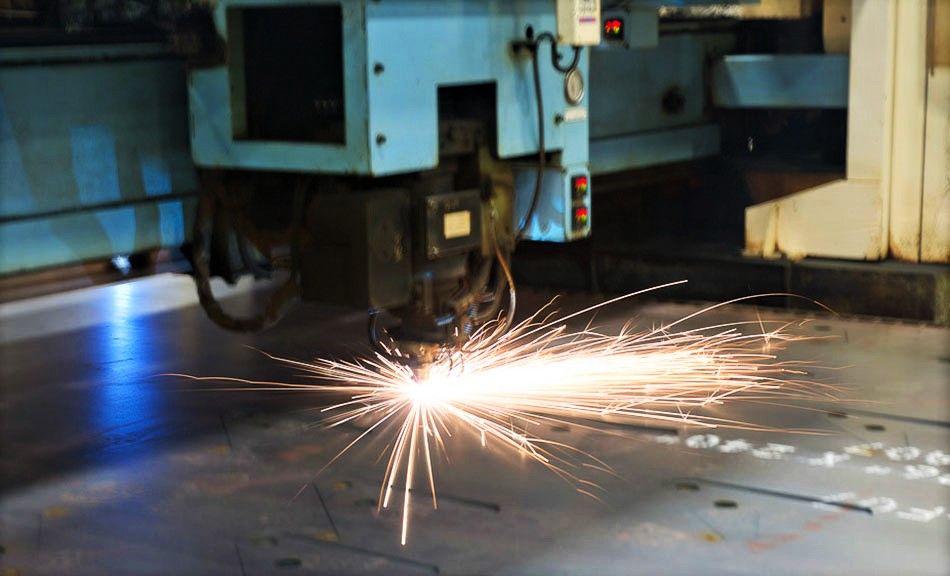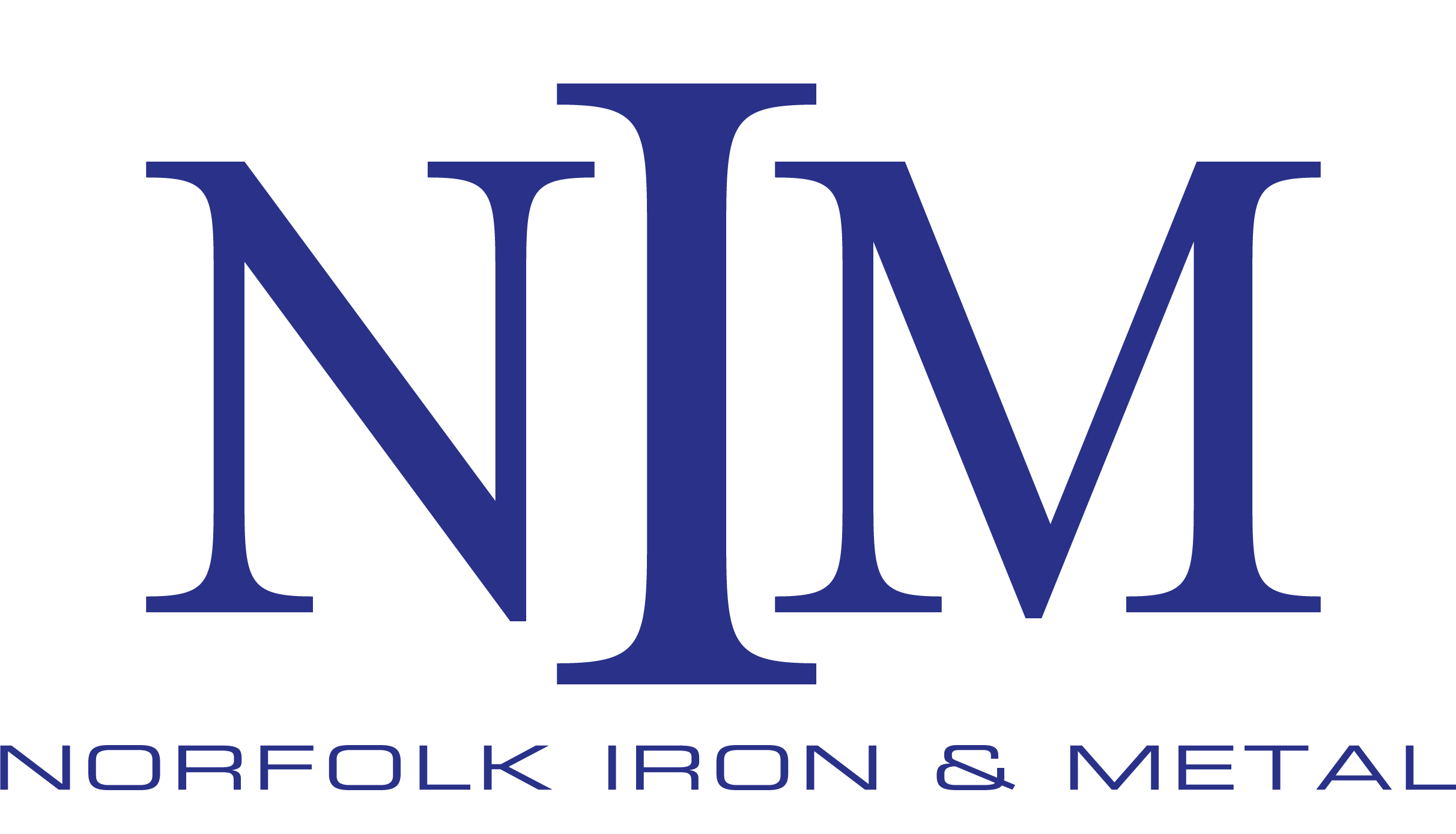Processing metal is a highly project-specific process. In order to know which method to finish processing metal is right for your product, it is important to have a firm grasp on the different options available. Last month we covered a few basics. Here are five more.

Plasma Cutting
Plasma cutting is a very powerful method to finish processing metal. It employs the use of an ionized and superheated channel of plasma to cut even thick metal plate. The plasma is formed by shooting pressurized gas (usually oxygen) through a nozzle within a designated plasma cutter. As the gas reaches the metal being cut, an electric arc is generated between an electrode in the machine and the metal itself. This reaction ionizes the gas, forming a channel of plasma that is electrically conductive.
The hot plasma melts the metal, cutting through it in its molten state. The method is quick and efficient and even cost-effective. Metals like carbon steel, alloy steel, stainless steel, brass, copper, and aluminum can all be cut by plasma cutting. We offer the service at our Norfolk Iron & Metal and Cd’A Metals locations.
Polishing
Polishing is one of the final methods used to finish processing metal. It performs the double role of buffing up the appearance of stainless and carbon steel while also improving its sanitation, making it ideal for food processing applications. There are many ways to polish metal, but at the root of the process, the fabricator applies an abrasive surface attached to a flexible backing to wear down any irregularities in the metal.
The precision of the polish is governed by the grit of the abrasive. Smaller values, such as 60 or 80, denote a rougher grit while higher numbers (120 or 180) suggest a finer polish. It is common to use both of these in a succession, starting with the rougher grit. The Norfolk Iron & Metal Group polishes metals in-house. We distinguish our polishes as such: No. 3, No. 4, No. 4 Fine, No. 6, and No. 8 finishes. We also offer specialty finishes. Our Metalwest locations especially carry polished metal supply.

Press Brake
A press brake is a piece of manufacturing equipment, usually designed to be narrow and long, that is used to bend sheet metal. Using a punch that is lowered onto the metal, the press brake secures the sheet in place with a die and then can be used to shape the metal to the customer’s specifications. The method to finish processing metal can be repeated as many times as necessary to achieve the desired shape.
Press brakes come in many styles and capabilities. They are rated by tonnage, the amount of force they can apply. While 100-300 tons is standard, some units can be as large as 50 feet in length and rated for 3000 tons. Force can be applied pneumatically, hydraulically, electrically, or mechanically. The most powerful press brakes are usually hydraulic.
Press brakes are used in a wide array of applications, including airframes, furniture, artwork, and automotive panels. The speed of the brake and the material being shaped all play an important role in the amount of pressure applied. Press brakes generally don’t take up too much space, yet they perform quick and accurate work. Here at Norfolk Iron & Metal, we do our press braking in-house.

Sawing
Sawing may be the most fundamental way to cut large metal workpieces into smaller ones. We perform this method to finish processing metal in our Cd’A Metals, Metalwest, and Norfolk Iron & Metal facilities. Sawing uses a saw blade to cut many different kinds of metal, including aluminum, brass, bronze, copper, stainless steel, and titanium.
There are two primary sawing methods which manufacturers regularly employ: circular saw cutting and band saw cutting. Circular cutting uses a circular blade which spins for clean cuts. Because they are designed with reduced vibration levels and greater rigidity, circular saws cut more quickly and precisely.
Band saws are long and straight with fine, evenly distributed metal teeth which are designed to be marginally bent. These result in cuts that are slightly wider than blade thickness. More specialized teeth patterns are also available. When band saws are automated, they are ideal for high-volume cutting to finish processing metal.
Sawing has many benefits. The process is ideal for accurately straight cuts and high quality cut finishes. This can reduce the need for subsequent finishing processing. It results in minimal material waste and quick turnaround times without compromising cut quality.

Shearing
Shearing utilizes two sharp blades to make clean, straight cuts in metal sheets or coils. There are two primary methods to finish processing metal by shearing: using bench shears or a power shear. Bench shears, as their name indicates, can be affixed to a workbench. They are lightweight, small, and easy to operate. Power shears, also called guillotine machines, are more complex in design and are powered by hydraulics or electricity, making them useful for large-scale projects.
Shearing creates very little waste. The cuts made are exact as upper and lower blades meet, compressing the metal between them secured by a squaring arm. Shearing is beneficial because it doesn’t employ heat in the cutting process, eliminating the risk of melting, burning, or even chipping the metal. When a large volume of simple shapes need to be cut, shearing is often the best option.
The method to finish processing metal does have its limitations, however. It works best with softer metals, including bronze, aluminum, and brass, but is not as effective for harder metals without high-powered machinery. If shearing is mismanaged, the process can deform the metal being cut. We handle all shearing applications with care at our Norfolk Iron & Metal and Metalwest facilities.


